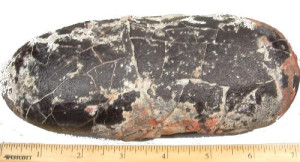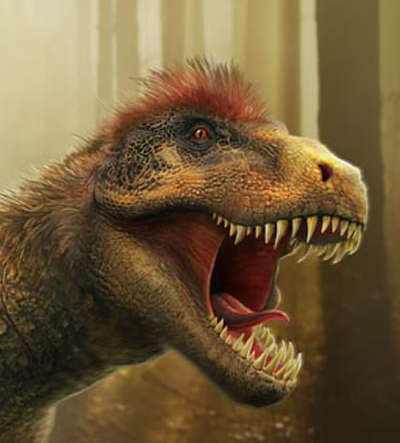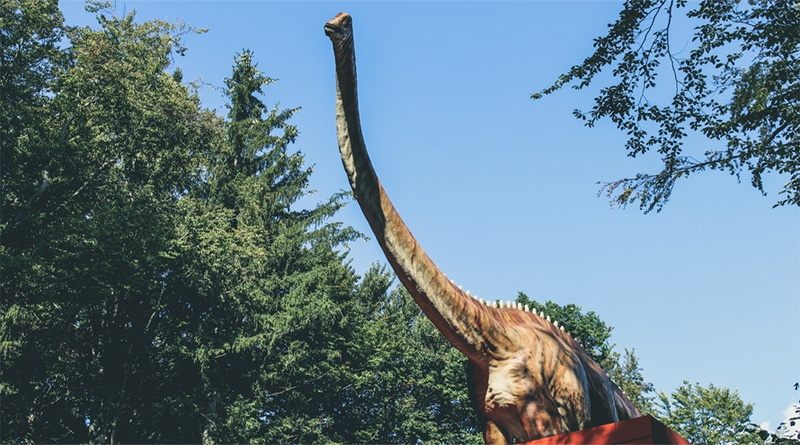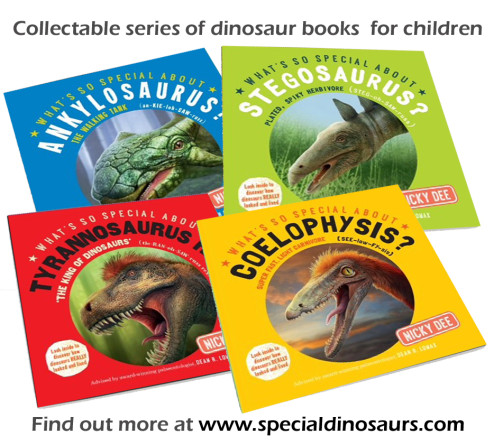DID DINOSAURS MAKE GOOD DADS?
Before we decide whether Daddy dinosaurs were dedicated fathers, we need to answer this question: Did dinosaur Mums give birth to live young like mammals, or lay eggs like modern reptiles and birds?
Until 1920’s scientists weren’t sure. It was the discovery of loads of dinosaur eggs that showed that dinosaurs hatched from eggs, from the mini Microraptor (MY-crow-RAP-tor) to the gigantic Gigantosaurus (JI-gant-o-SAW-russ) and everything in between!
No one was around when the dinosaurs ruled the world so the only way that scientists can decide whether dinosaur Dads took their parenting duties seriously is to look at the fossil evidence of the dinosaurs that have been discovered with eggs, and also by looking at how other animals behave today.

Let’s look at the fossil evidence first. Two particular dinosaurs showed evidence of parental care as they were discovered in nests with a clutch of eggs.
An Oviraptor (O-vee-RAP-tor) in Mongolia with a clutch of 24 eggs and a partial Troodon (TRU-oh-don) skeleton discovered ‘sitting’ on a nest of 15 eggs. Interestingly, both dinosaurs rated highly on the ‘Brainy-Scale’ and so prompted scientists to ponder whether it was the clever dinosaurs that cared for their young. Or, was it because they were small? Oviraptor was about 2m and Troodon up to 2.5m in length (compare to T. rex at 12m).
So what about the huge great sauropods, such as the titanosaurs, that walked on four, pillar-like legs, measuring up to 40m+ in length? Did these Dads stick around and nurture their young through their early years?
This is where size matters! The enormous sauropods like Diplodocus (di-PLOD-oh-KUSS), and titanosaurs like Argentinosaurus (arh-jen-TEEN-o-SAW- russ) would probably have been too heavy to brood their young. The massive size difference between the adults and their young would have meant that the babies were in danger of being trodden on! These giant Mums laid their eggs and left the babies to hatch and fend for themselves, with the dinosaur Dads nowhere to be seen.

Some animals today like gazelles and zebras are born-ready, with fully functioning limbs (after a few tentative steps) so they can stick close to the herd and away from pesky predators. It might follow that the babies hatched from sauropod and titanosaur eggs were ‘born-ready’ too and could run as soon as they hatched, as they had to fend for themselves.
Evidence has shown that some of the dinosaurs may have been nurtured by their parents, like the Maiasaura (my-AH-SAW-rah). Embryos and juveniles found in a nest site showed that the hind legs of some hatchlings were too weak for them to have left the nest and hunted, so the adults, possibly Dad too, would have brought food and cared for the young.

Young tyrannosaurs are unusual dinosaurs as they hatched with large teeth suggesting that they may have been independent hunters from the time they were born – born ready to eat meat!
Birds sit at the other end of the scale as they incubate their eggs, keeping them protected until they hatch. The chicks are then nurtured in the nest, often by Mum and Dad, for 3 – 4 weeks and then taught how to fly.
As birds have evolved from meat-eating dinosaurs, recent studies have compared the nurturing habits of birds to dinosaurs. Could Daddy dinosaurs have looked after the nest whilst Mum was busy eating and keeping her strength up so she could lay bigger and healthier eggs?
With few nest sites to compare, the jury is still out about Dad’s involvement in day care, but it is a definite possibility for some of the dinosaurs.
What is clear though is that it was a case of survival of the fittest during the Age of the Dinosaurs and as they ruled the world for over 165 million years, they did survive and they certainly thrived.
Want to find out more about your favourite dinosaurs and discover lots of new ones? Through the ‘What’s so Special about Dinosaurs’ series you’ll find out how fast they rated on the Speed-o-Meter, what they scored on the Scary Scale, whether size mattered when it came to brains on the Braininess ladder, where they were first discovered and so much more… Collect the series and impress your family, friends and teachers with just how much you know about the largest creatures ever to walk on Earth! www.specialdinosarus.com

ABOUT THE AUTHOR:
Nicky Dee’s passion for all things prehistoric developed whilst creating epic exhibitions centred around life-sized dinosaurs. Nicky Dee caught the dinosaur bug and now devotes her time to writing about dinosaurs and sharing her passion for these giant creatures. Her desire to give children the most up to date information in a fun and engaging way led to the creation of the series, which spans the 180 million years when dinosaurs ruled the world!
For more information, see: http://specialdinosaurs.com/ All the facts are checked by multiple Award Winning Palaeontologist Dean R. Lomax


